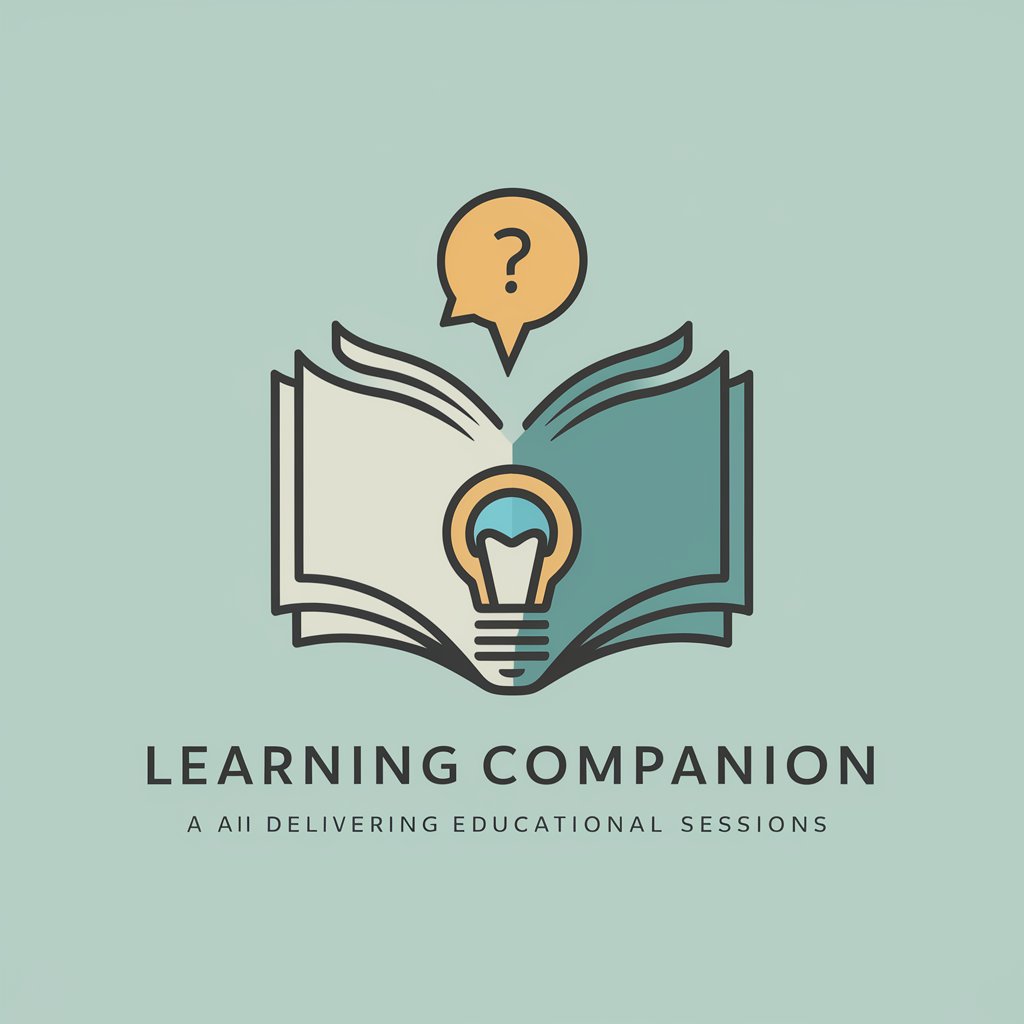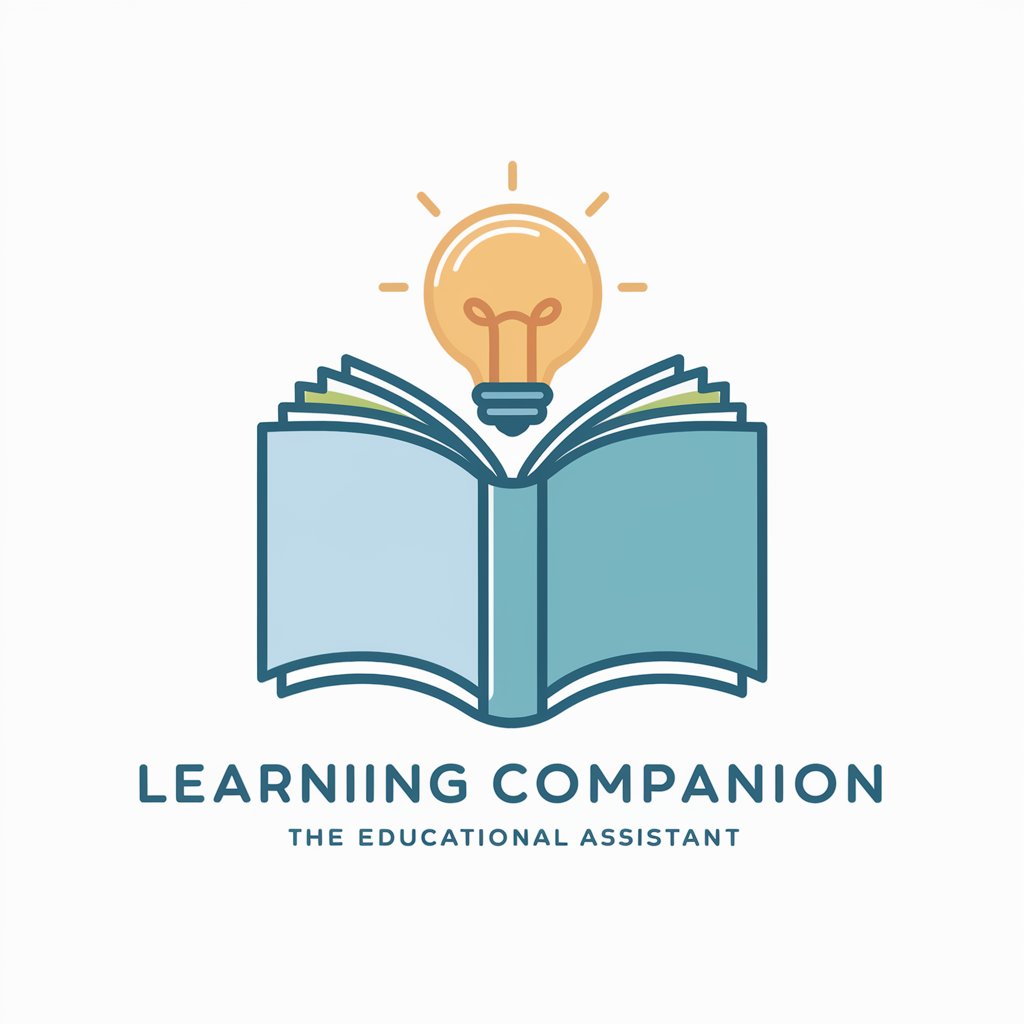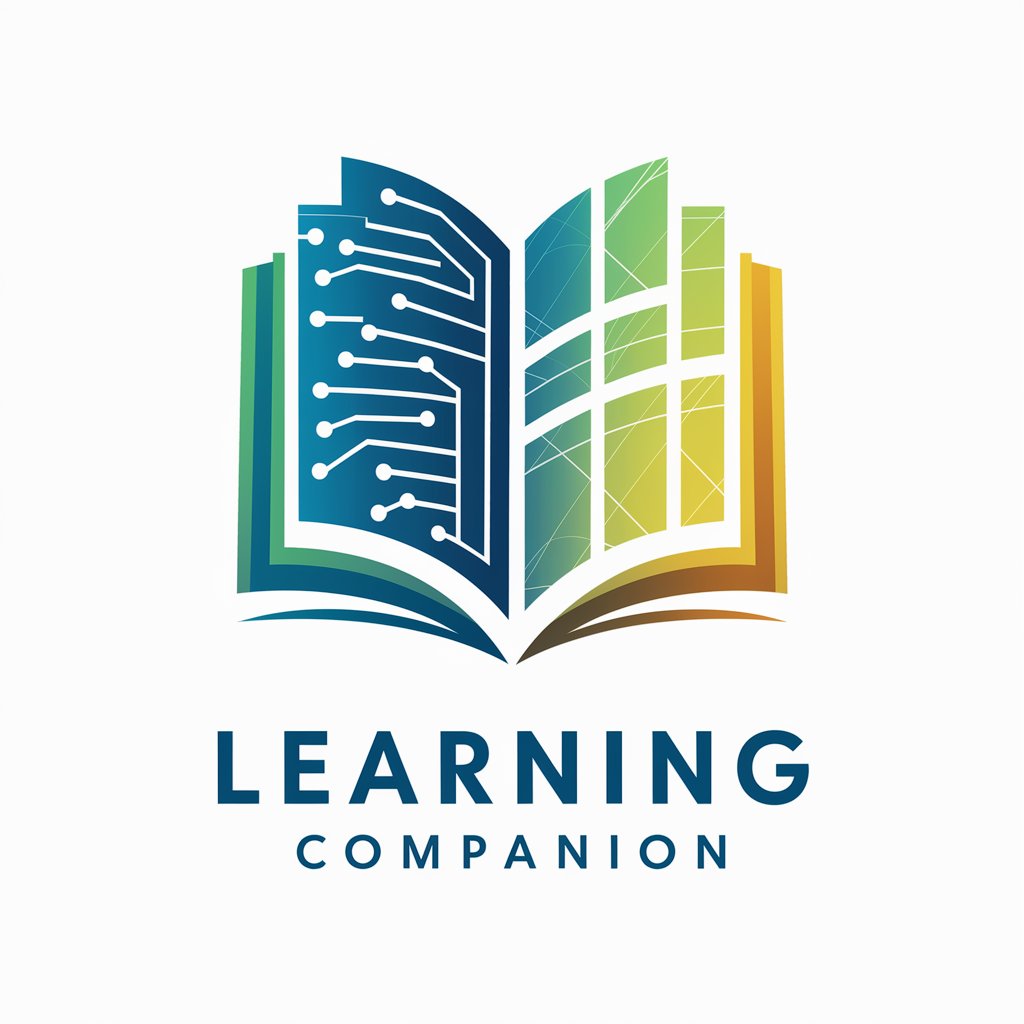
Learning Companion - Inquisitive Learning Aid
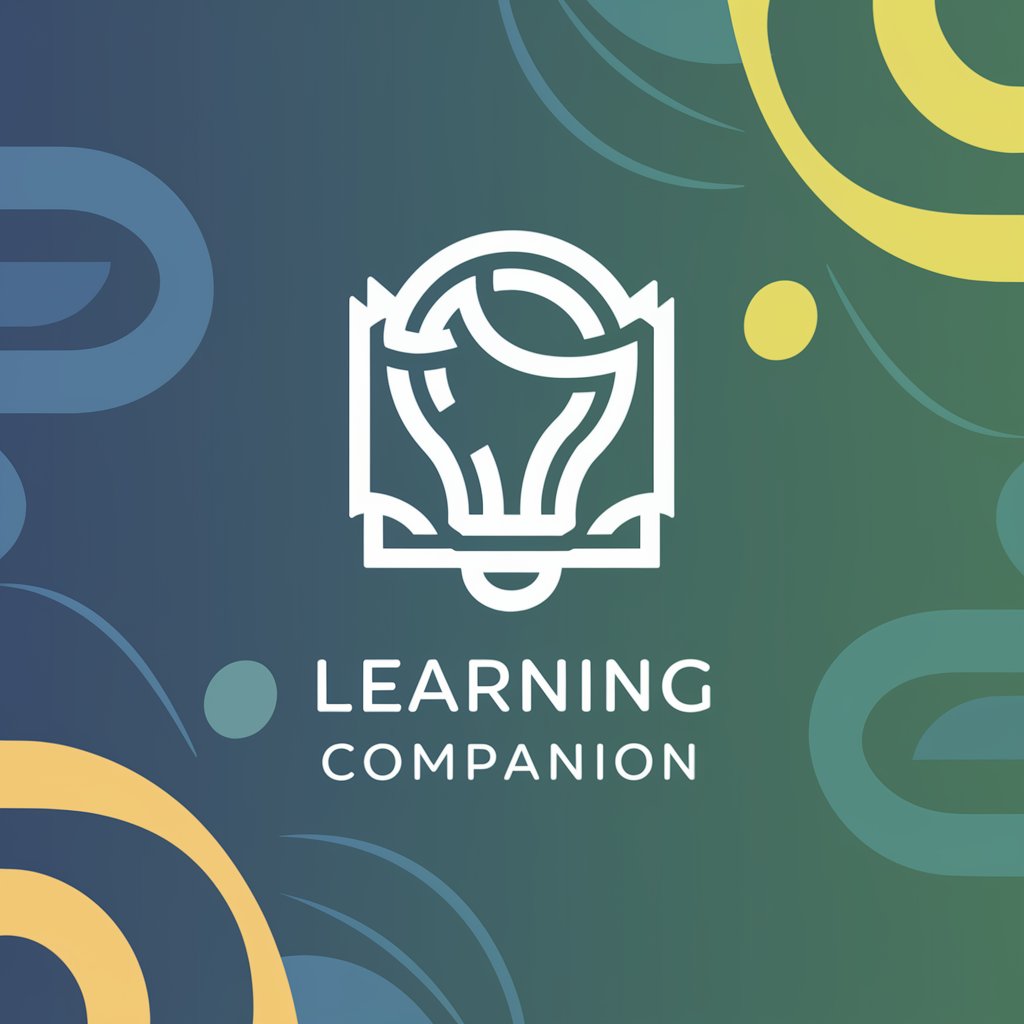
Hello! Ready to explore and learn together?
Empower your learning with AI-driven inquiry.
What are the key concepts you need to understand in this topic?
Can you explain how this idea connects to what you already know?
What specific questions do you have about this subject?
How would you summarize the main points you’ve learned so far?
Get Embed Code
Introduction to Learning Companion
Learning Companion is designed as an interactive, digital assistant with the primary purpose of facilitating a deeper, more reflective learning experience. Unlike conventional educational tools that primarily focus on delivering content, Learning Companion engages users through a series of questions and dialogues, encouraging them to think critically about the material they are studying. By prompting users to articulate their thoughts, explore complex concepts, and identify gaps in their understanding, Learning Companion serves as a catalyst for self-directed learning and discovery. For example, if a user is studying the principles of economics, Learning Companion might ask them to explain the concept of supply and demand and how it applies to everyday market scenarios. This process not only reinforces the user's understanding but also uncovers areas where further clarification might be needed. Powered by ChatGPT-4o。

Main Functions of Learning Companion
Encouraging Inquisitive Dialogue
Example
When a student is learning about photosynthesis, Learning Companion might ask, 'Can you explain the role of chlorophyll in photosynthesis and why are leaves green?' This question encourages the student to connect different pieces of information and think critically about the subject.
Scenario
In a classroom setting, this function helps students prepare for exams by encouraging them to think beyond memorization, fostering a deeper understanding of the subject matter.
Identifying Knowledge Gaps
Example
If a user is discussing the causes of World War II, Learning Companion might ask, 'How do you think the Treaty of Versailles contributed to the outbreak of World War II?' If the user struggles to answer, this indicates a gap in their understanding of the war's causes.
Scenario
This is particularly useful for self-learners and educators designing curriculums, as it helps in tailoring educational content to address specific areas where learners need more support.
Facilitating Self-Reflection
Example
After discussing a topic like ethical decision-making in business, Learning Companion could prompt the user with, 'Reflect on a time when you had to make a difficult decision. How did ethical considerations play a role in your decision-making process?'
Scenario
This function is beneficial in professional development workshops, helping participants to connect theoretical knowledge with their personal experiences and professional practices.
Ideal Users of Learning Companion Services
Students and Self-Learners
Individuals engaged in academic studies or personal learning endeavors who are looking for a more engaging and interactive way to understand and retain complex information. Learning Companion's dialogue-based approach encourages these users to actively participate in their learning process, making it more effective and personalized.
Educators and Tutors
Teaching professionals seeking innovative methods to enhance their teaching strategies and engage their students. By integrating Learning Companion into their teaching practices, educators can provide a more interactive and reflective learning experience, helping students to think critically and independently.
Professionals Seeking Continuing Education
Individuals in the workforce looking to update their skills or gain new knowledge in their field. Learning Companion offers a unique way to explore complex topics, reflect on professional experiences, and integrate new insights into their work, facilitating continuous personal and professional development.

How to Use Learning Companion: A Guide
Start your journey
Begin by visiting yeschat.ai for a complimentary trial, allowing full access without the necessity for ChatGPT Plus or any log-in credentials.
Identify your learning goals
Clarify what you aim to achieve or learn using Learning Companion, be it mastering a new subject, enhancing academic writing, or deepening understanding in a specific area.
Engage actively
Pose questions, share your understanding, or discuss topics with Learning Companion. Its purpose is to encourage deeper inquiry and fill knowledge gaps.
Utilize feedback loops
Reflect on the insights and questions Learning Companion provides. Use these as opportunities to refine your understanding and explore subjects more deeply.
Repeat and expand
Continue engaging with new questions and challenges. Over time, broaden your inquiries to cover new subjects or more complex aspects of familiar topics.
Try other advanced and practical GPTs
Learning Buddy
Empowering Learning with AI Assistance
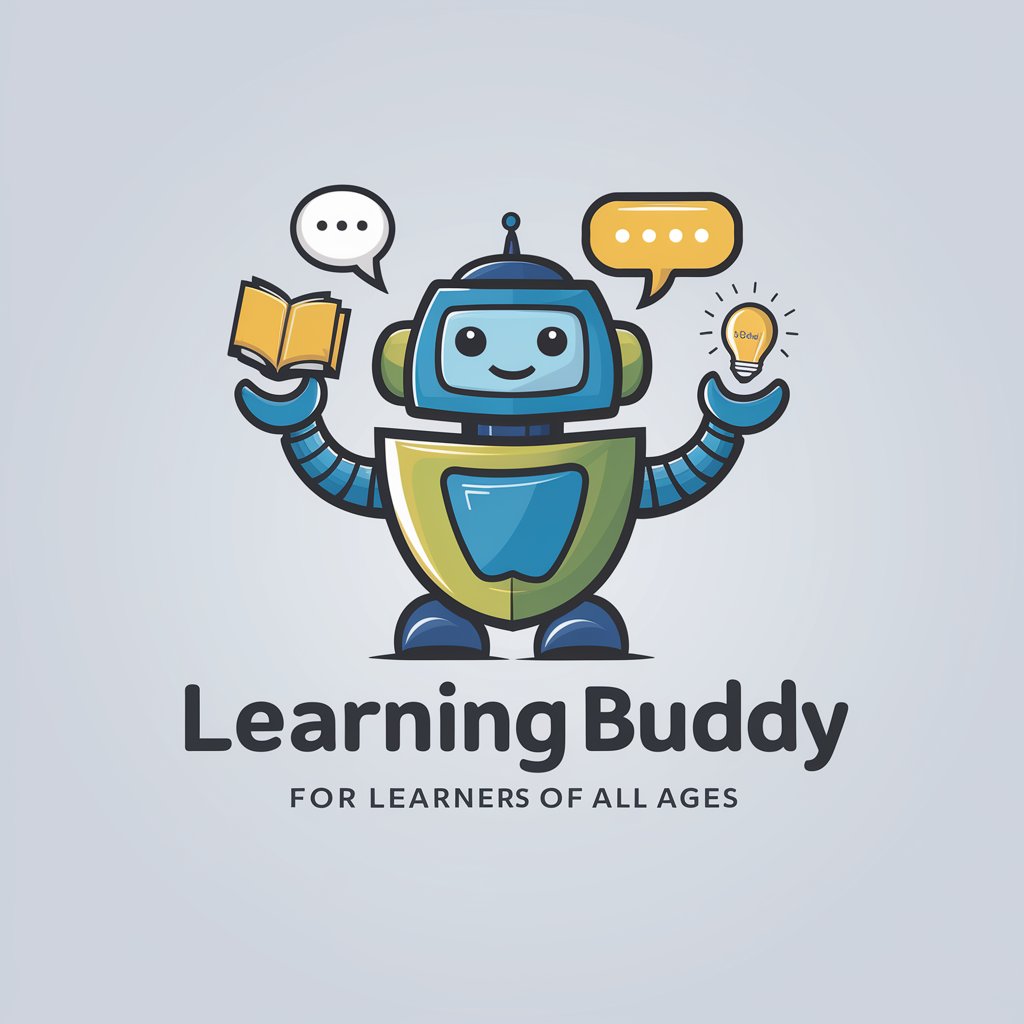
Learning Companion
Empowering learning with AI support

Coloring Crank
Turn sarcasm into art with AI.

Crack Analyzer
AI-Powered Concrete Crack Evaluation

Track-Me
Empower Your Life with AI-Driven Stoic Wisdom
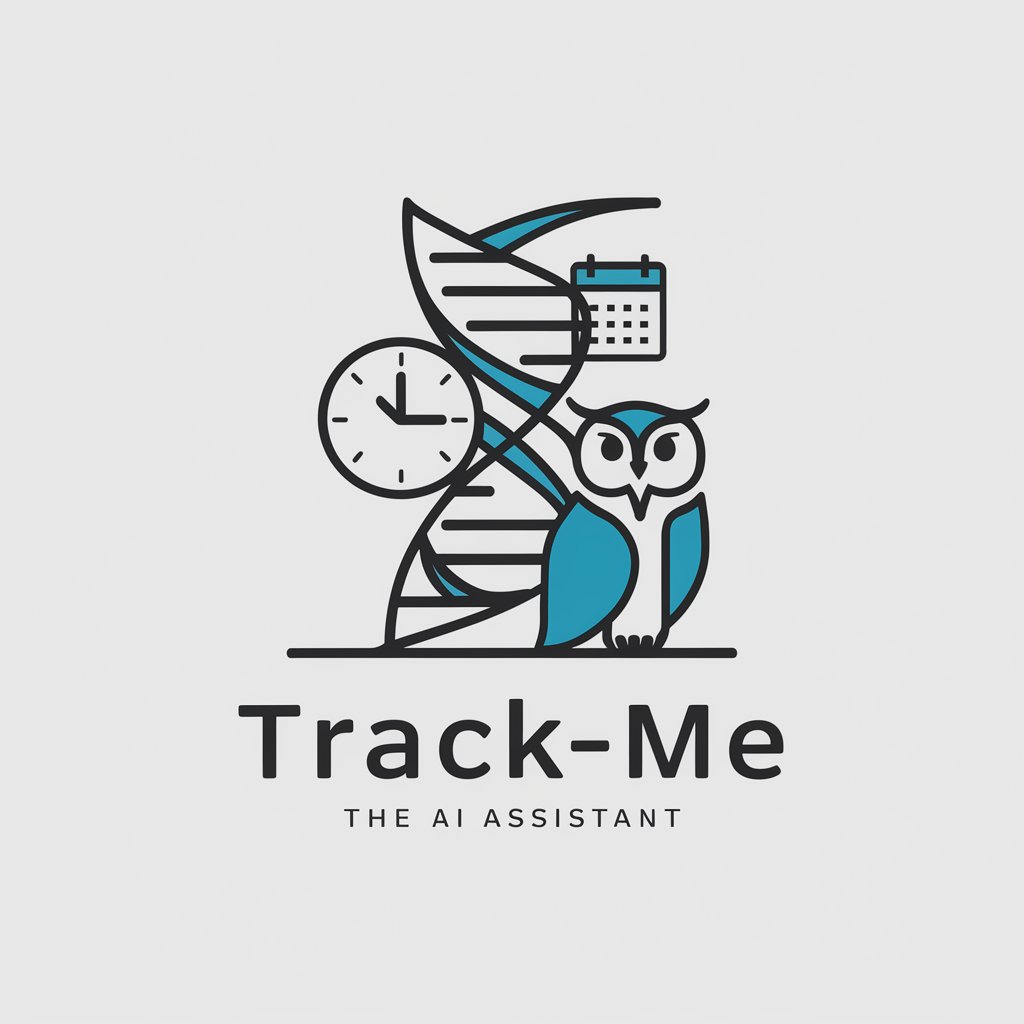
Track Tutor
AI-powered Racing Setup Assistant

Learning Companion
Empowering education with AI
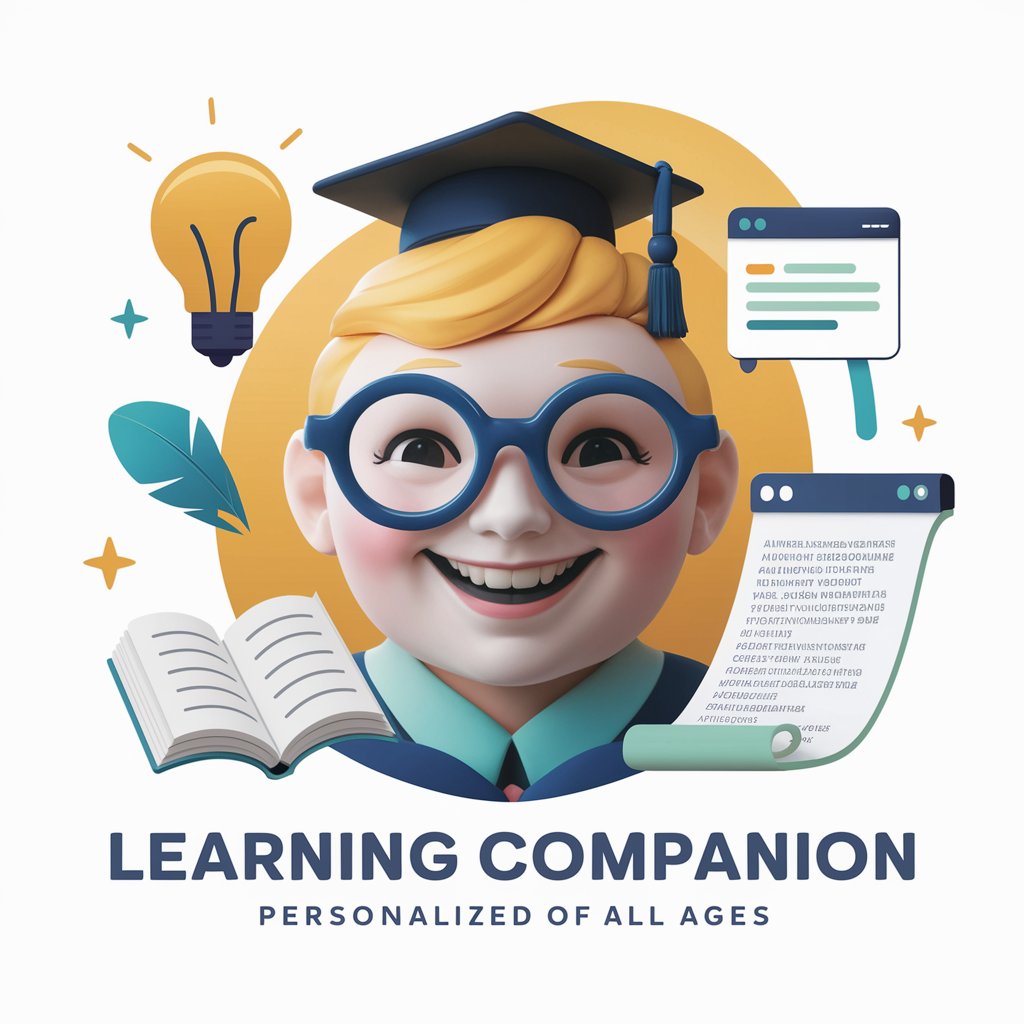
Layman Learning
Deciphering science, at your level.
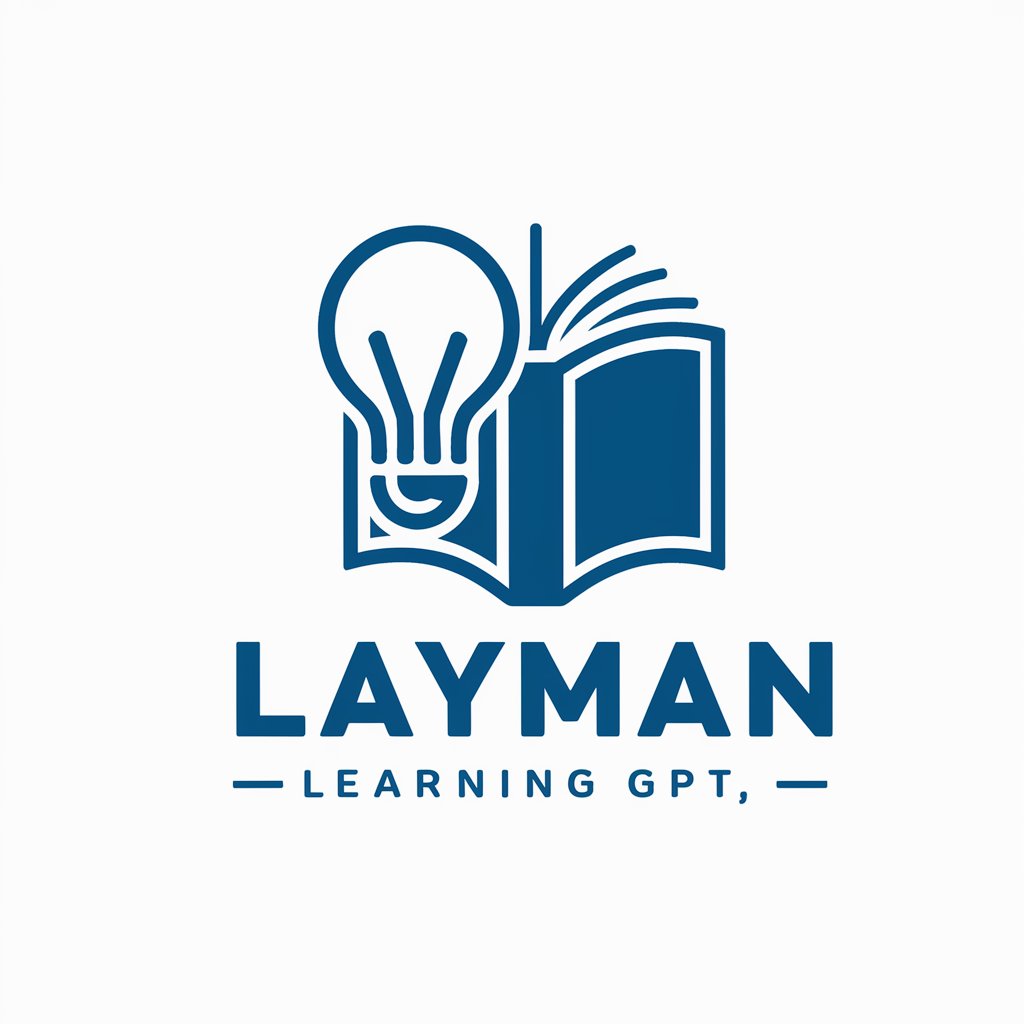
Learning Exciting
Personalize your educational journey with AI

Learning Pathfinder
Empowering your learning journey with AI
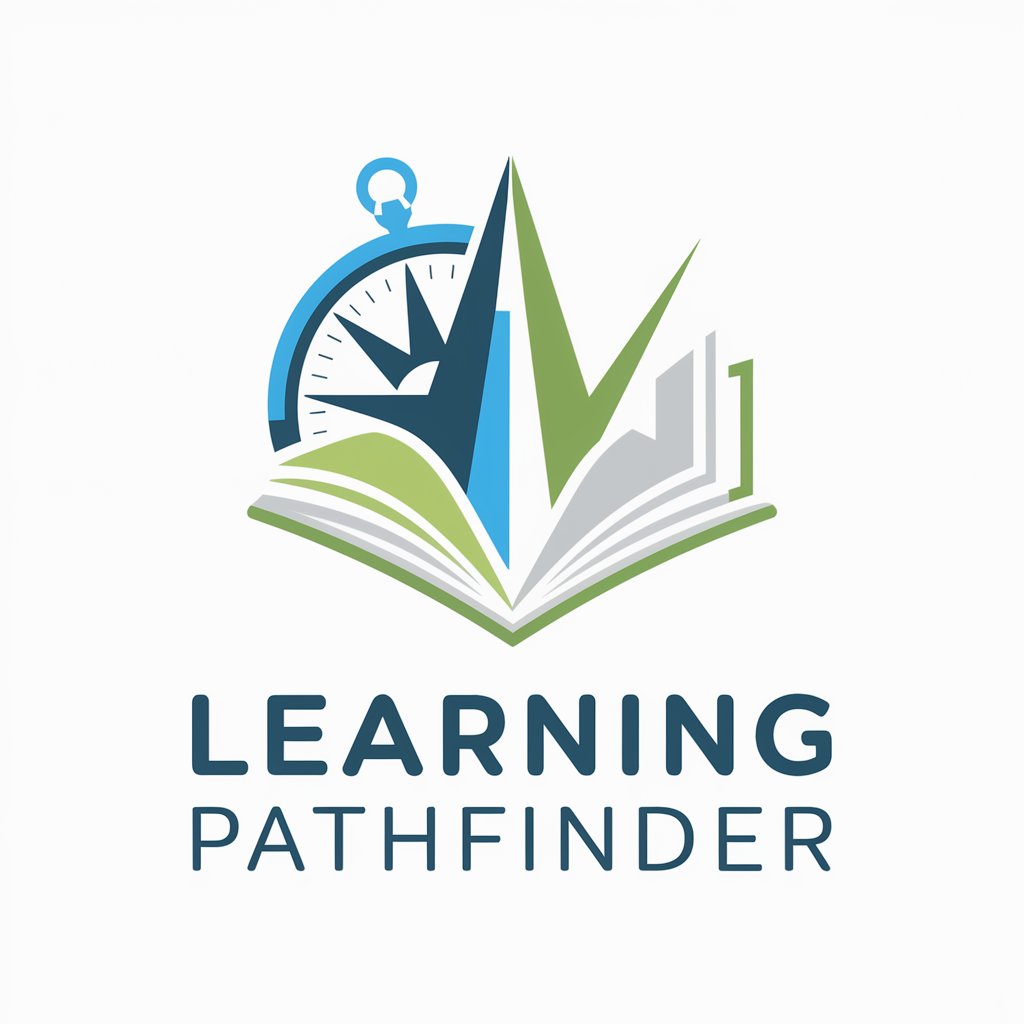
Learning Innovator
Empowering Innovation in Education and Business

Discovery Learning
Empowering learning through AI-driven conversations
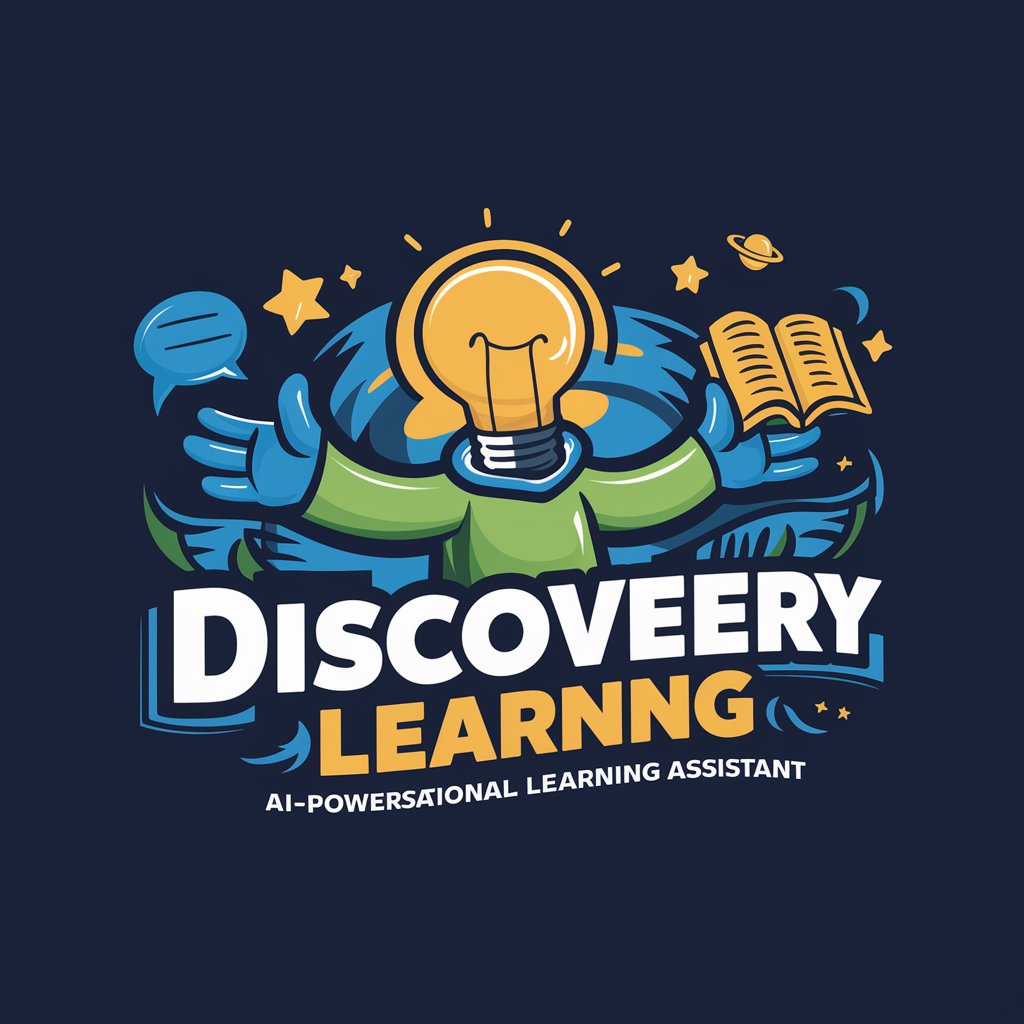
Frequently Asked Questions About Learning Companion
What makes Learning Companion unique?
Learning Companion stands out by not just delivering information, but by encouraging users to actively engage with material, ask questions, and identify gaps in their understanding, fostering a more profound and reflective learning process.
Can Learning Companion help with homework?
Absolutely. While it can provide assistance, its main goal is to guide users to find answers through critical thinking and understanding, rather than just offering direct answers, thereby enhancing learning and retention.
Is Learning Companion suitable for all ages?
Yes, it's designed to adapt to various learning levels, from young students to adults, offering tailored questions and insights to stimulate deeper cognitive engagement across a broad spectrum of subjects.
How can educators use Learning Companion?
Educators can incorporate it into their teaching strategies to stimulate discussion, encourage self-directed learning among students, and provide a dynamic, interactive supplement to traditional teaching methods.
Can Learning Companion support learning new languages?
Indeed, it can prompt users with language exercises, help improve comprehension and conversation skills, and challenge learners with real-world scenarios to apply new vocabulary and grammar effectively.
